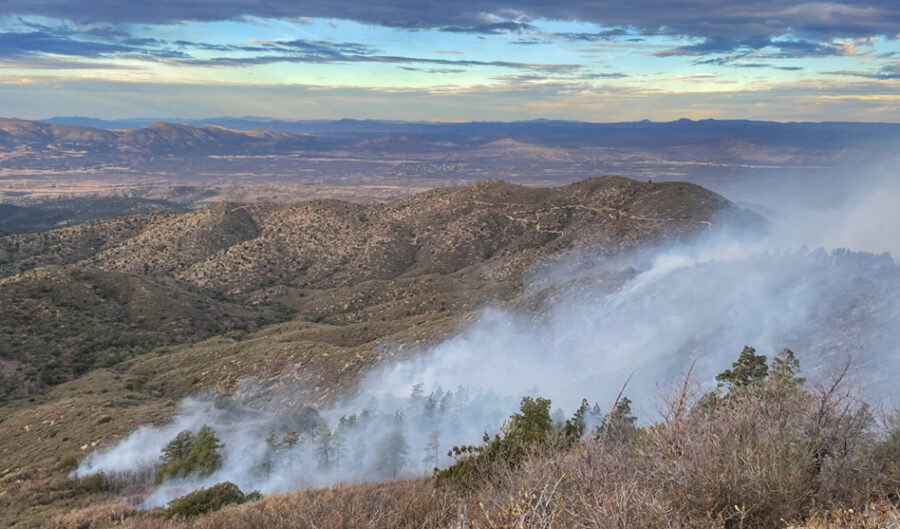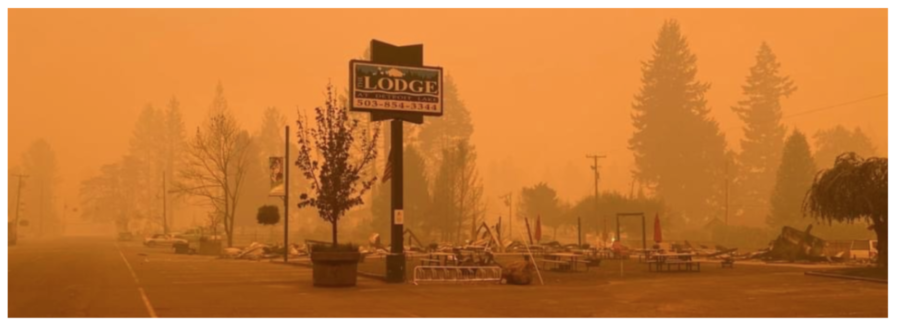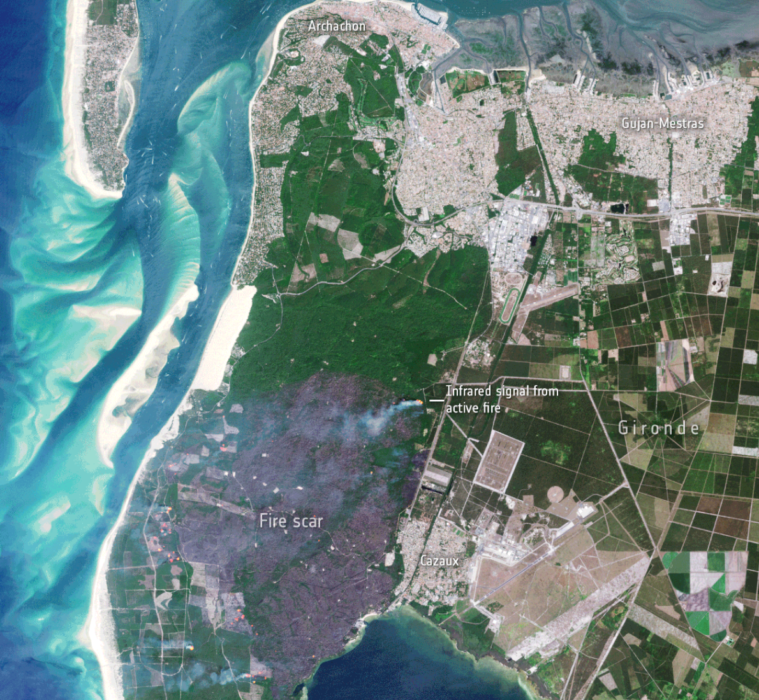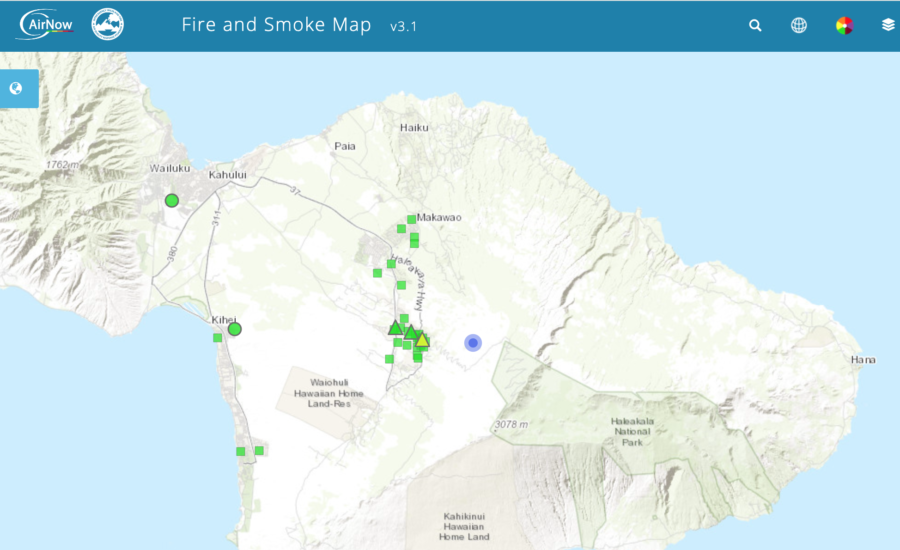PacifiCorp has settled with 10 timber companies in Oregon for $250 million after the utility company was found liable for starting many of the 2020 Labor Day fires.
Oregon Public Broadcasting (OPB) reported that for the second time this month, the utility provider will pay out hundreds of millions to end a lawsuit over its negligence in the wind-driven wildfires that started over Labor Day weekend in 2020 in western Oregon.
The settlement will resolve a lawsuit the timber companies brought against the utility for the Archie Creek Complex in west-central Oregon.
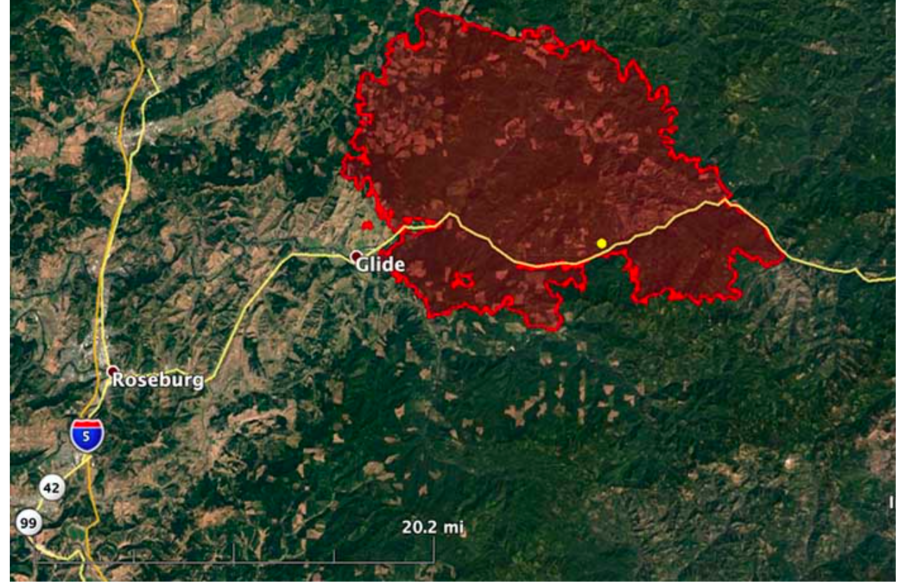
On December 5, the Berkshire Hathaway-owned company paid $299 million to settle another lawsuit brought by Oregon residents who lost their homes and property in the same fire, bringing PacifiCorp’s payouts this month to more than a half billion dollars.
[UPDATE 12/21/2023: How much Pacific Power rates are increasing.]
This lawsuit alleged that PacifiCorp’s employees ignored warnings from the National Weather Service and others on Labor Day weekend and decided to not power down its electrical equipment — or fall hazard trees and clear vegetation around powerlines.
“The 2020 wildfires were undeniably tragic,” the company said in a statement, “and PacifiCorp is pleased to resolve this matter on behalf of our impacted customers and communities.”
“I am proud to have recovered fair and full damages for Oregon’s timber industry,” said attorney Mikal Watts. He said that after the Archie Creek Fire had started, a lineman mistakenly re-energized a line after a tree had fallen into it, which ignited another separate fire. He said the timber companies lost of thousands of acres of timberlands in the fires. Watts explained that he hopes to work with PacifiCorp, along with Oregon lawmakers and utility regulators, to create a statewide risk pool for utilities, which would allow people to receive payouts without the need to file lawsuits after a fire. California created a similar fund in 2019 after the bankruptcy of Pacific Gas & Electric caused by its wildfire payouts. A risk pool would be funded up front by utility customers and utilities themselves.
“The Public Utilities Commission ought to work together with this utility to try to recoup these costs to make it go away,” said Watts.
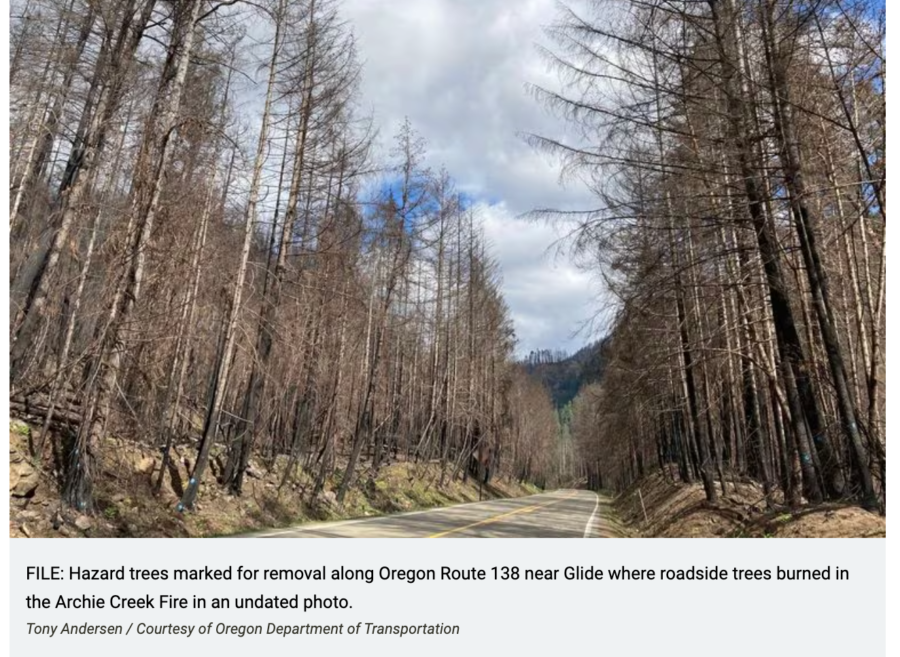
According to a KATU-TV report, PacifiCorp said this settlement is in addition to others with individuals and businesses that lost homes and other property, plus hundreds of insurance claims that PacifiCorp settled in which homeowners and businesses received insurance payments for damages.

